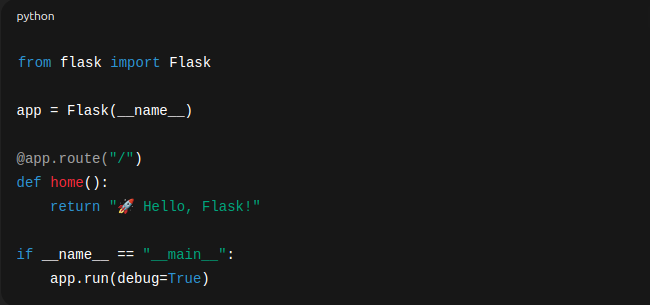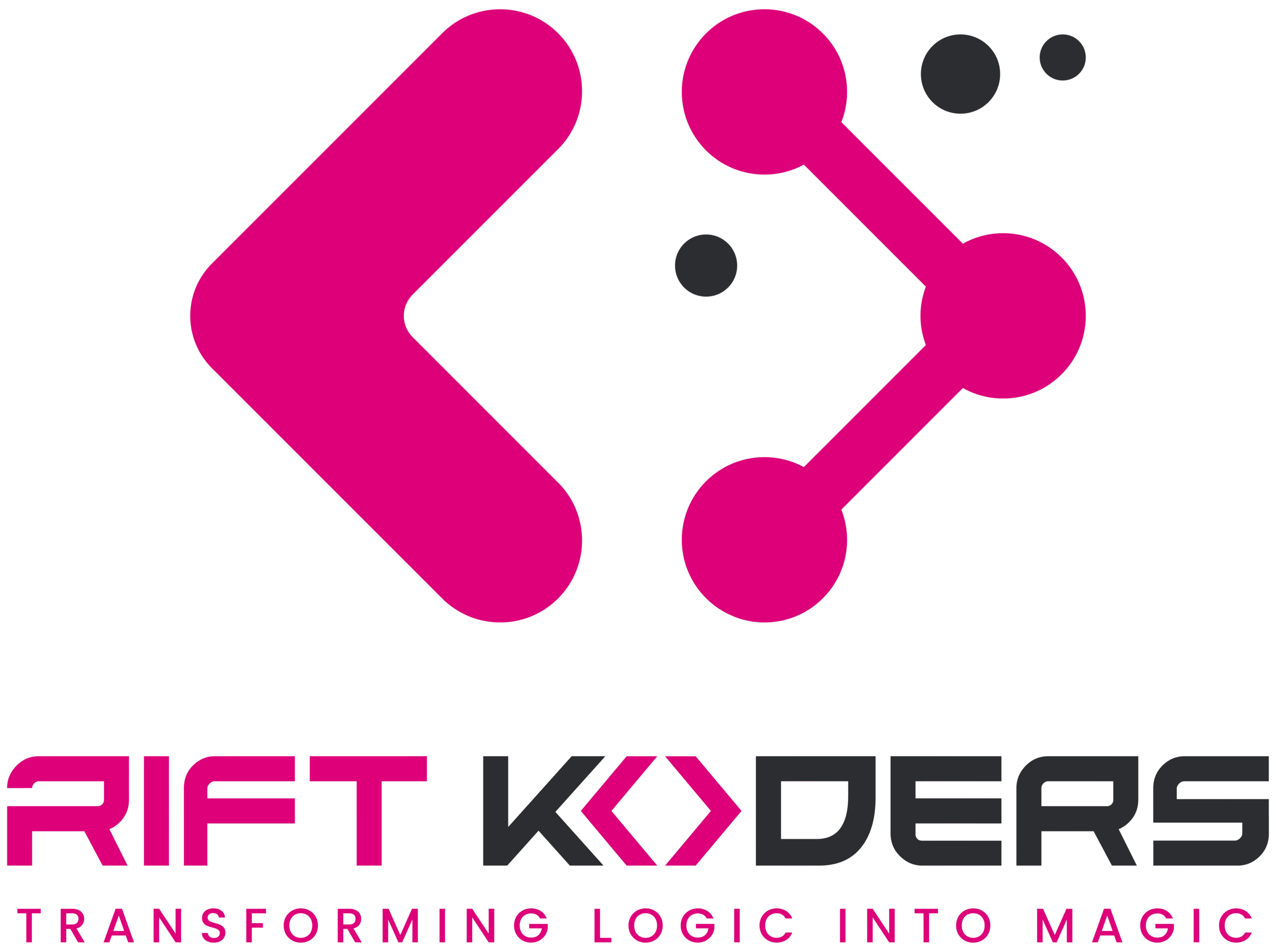In the bustling city of web frameworks, you’ve got skyscrapers like Django — tall, feature-packed, and sometimes a little overwhelming.
Then there’s Flask: the stylish, minimalistic café on the corner that serves exactly what you want, fast.
It’s lightweight, flexible, and surprisingly powerful — like a Swiss Army knife that decided to learn Python.
What Is Flask?
Flask is a micro web framework written in Python, created by Armin Ronacher in 2010.
When we say “micro,” we don’t mean weak or incomplete — we mean focused.
It gives you the basics:
- A development server
- Routing
- Jinja2 templating
- An easy way to add whatever extras you want
No unnecessary baggage. No strict rules. You’re the architect. Flask is your toolkit.
Why Developers Love Flask
- Ridiculously Quick to Start – Your first app could be running before your coffee cools.
- Freedom of Choice – Pick your database, your front-end, your authentication style. Flask won’t nag you.
- Perfect for APIs – Lightweight, fast, and ideal for RESTful endpoints.
- Great for Prototypes – Turn ideas into demos at lightning speed.
- A Helpful Community – If you get stuck, chances are someone’s already solved it.
Your First Flask App (Yes, It’s This Short!)
Install Flask:

Write your app:

Run it:

Now open http://127.0.0.1:5000 in your browser. You’re officially a Flask developer!
When to Choose Flask
✅Small to medium apps
✅ REST APIs & microservices
✅ MVPs & prototypes
✅ When you want maximum control with minimal fuss
Conclusion
If Django is a cruise ship with scheduled dinners, formal events, and guided tours…
Flask is a speedboat — light, fast, and ready to go wherever you point it.
It’s perfect for when you want:
- Full creative freedom
- To launch an idea today
- To keep things clean, efficient, and scalable.
Flask is proof that minimal doesn’t mean basic — it means powerful without the drama.

